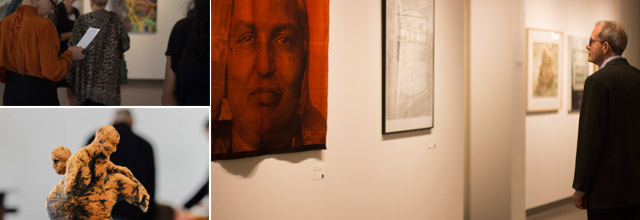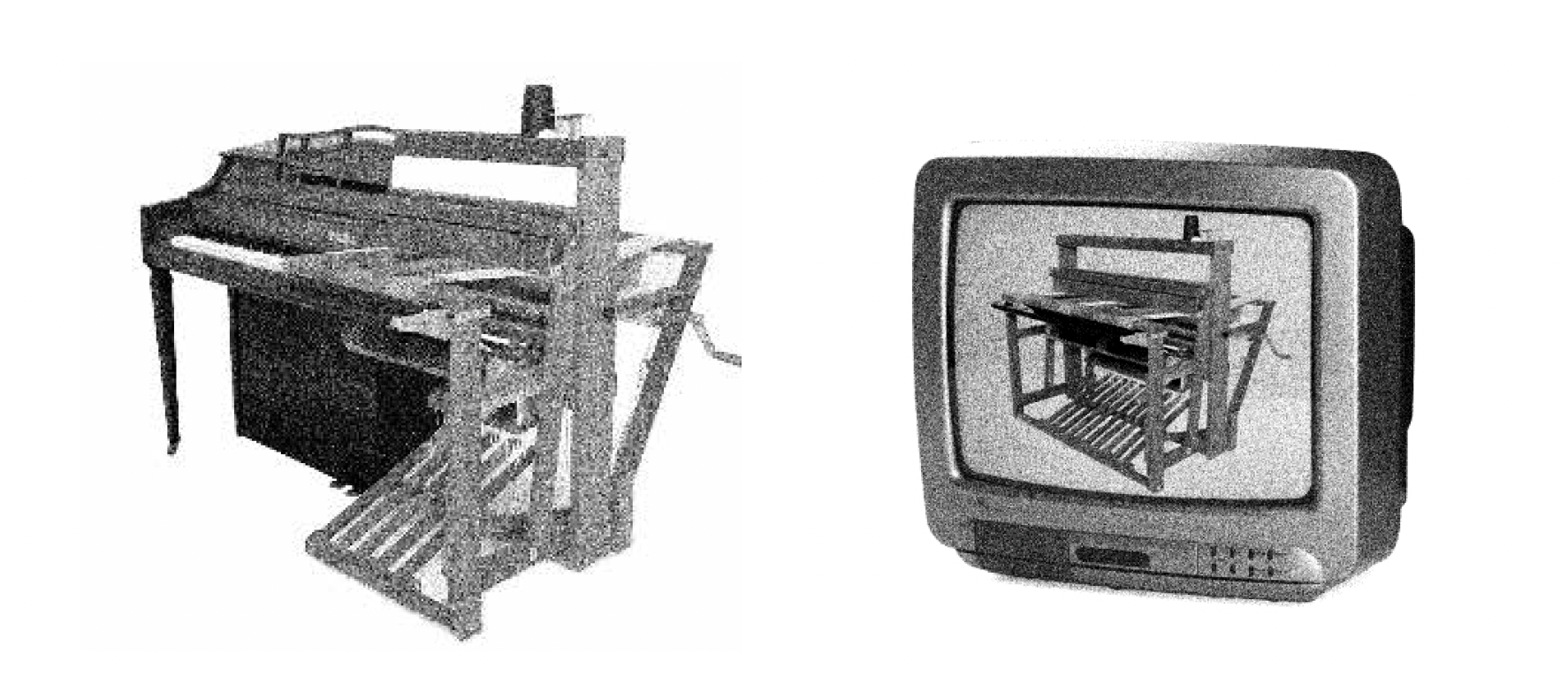On View November 9 - December 15, 2024
Qianwen Yu is a Chicago-based interdisciplinary artist and animator specializing in weaving, stop motion, and sound. She holds an MFA from the School of the Art Institute of Chicago, and her work has been exhibited at Black Mountain College Museum + Arts Center, Hyde Park Art Center, and Woman Made Gallery. In 2024, she will present solo exhibitions at Ignition Project Space and the Evanston Art Center. Qianwen is also scheduled to present her work at the Textile Society of America Symposium and ReVIEWING Black Mountain College International Conference.
Qianwen Yu is a Chicago-based interdisciplinary artist and independent animator whose practice bridges the worlds of weaving and music. With a background in architecture and drawing, Qianwen translates musical compositions into woven textures and creates symphonies from weaving drafts, exploring the deep connections between these art forms. Her textile works have been showcased at the historic Black Mountain College Museum + Arts Center, Hyde Park Art Center, and Woman Made Gallery. In 2024, her work will be featured in solo exhibitions at Ignition Project Space and the Evanston Art Center, alongside presentations at the Textile Society of America Symposium and the ReVIEWING Black Mountain College International Conference. Specializing in hand-drawn and stop-motion animation, Qianwen frequently incorporates textiles into her animations, further examining the interplay between mediums. She holds an MFA in Film, Video, New Media, and Animation from the School of the Art Institute of Chicago.
This exhibition brings together three works—“Weaving Philip Glass’s Opening,” “Woven Symphony,” and “The Rhythm Behind the City”—to demonstrate how rhythm, texture, and motion can transcend traditional boundaries, linking the tactile, auditory, and visual elements of weaving, music, and architecture. Through these works, I aim to create a sensory experience that encourages viewers to explore the fluidity between art forms, revealing the hidden patterns and structures that connect them.
By translating music into textiles, weaving into sound, and the city's "skin" into animation, this exhibition invites audiences to engage with familiar mediums in new ways. Whether through the repetitive musical pattern of woven fabric, the pictorial texture of a symphony, or the geometric rhythm of city's "skin" animated in motion, each piece underscores the interconnectedness of these art forms, I hope to make these art forms accessible to diverse audiences, including those with sensory impairments.
Together, “Weaving Philip Glass’s Opening,” “Woven Symphony,” and “The Rhythm Behind the City” explore the connections between weaving, music, animation, and architecture.
"Weaving Philip Glass's Opening" translates Philip Glass's music into a tactile form by weaving the composition’s structure into fabric. The piece explores how auditory melodies can be converted into woven textures, challenging conventional perceptions of both music and weaving. By employing modern technology to connect these two art forms, the project deconstructs and reinterprets historical narratives in both disciplines.
"Woven Symphony" investigates the intrinsic musicality within traditional weaving. Using historical research and contemporary technology, the project traces how the Jacquard loom influenced early piano roll development. This work views woven fabric as both a visual map and a musical score, highlighting the shared structural principles between weaving and music. The project blends old and new techniques, offering a reimagined perspective on both practices.
“The Rhythm Behind the City” explores the intersections of textiles, animation, and architecture, inspired by the "Shinchintaisha” (Metabolism) movement in Japanese architecture. Yu captures Chicago’s urban "skin" through photographs, weaves them into fabric, and animates the material using stop-motion techniques influenced by direct animation. This process, moving between handwoven and digital mediums, reflects the impermanence and regeneration central to Metabolism, revealing the vibrant rhythm of the city’s ever-changing environment.
GALLERY HOURS & VISITOR INFORMATION
This exhibition will be held in the Second Floor Main and Atrium Galleries of the Evanston Art Center (EAC). Masks are optional but strongly recommended for students, visitors and staff.
Gallery Hours
Monday–Thursday: 9am–6pm
Friday: 9am–5pm
Saturday–Sunday: 9am–4pm
HOW TO PURCHASE ARTWORK
Artwork sale proceeds benefit both the artist and the Evanston Art Center. If you are interested in purchasing artwork on display, please contact Emma Rose Gudewicz, Director of Development and Exhibitions, at [email protected] or
(847) 475-5300 x 102.

This program is partially supported by a grant from the Illinois Arts Council through federal funds provided by the National Endowment for the Arts



